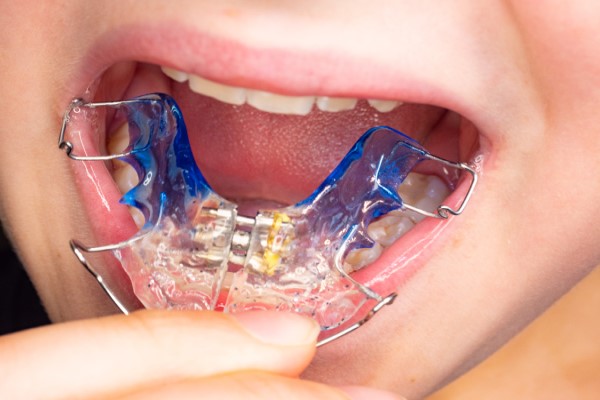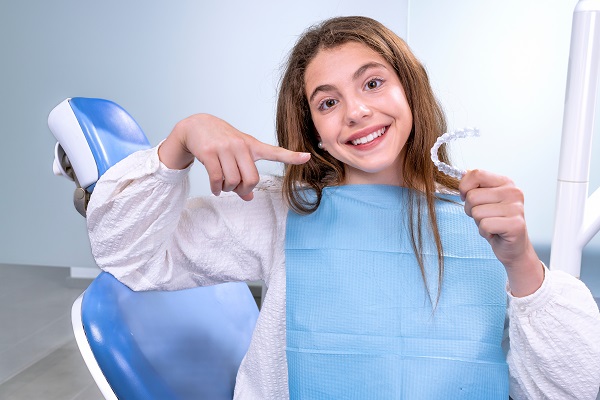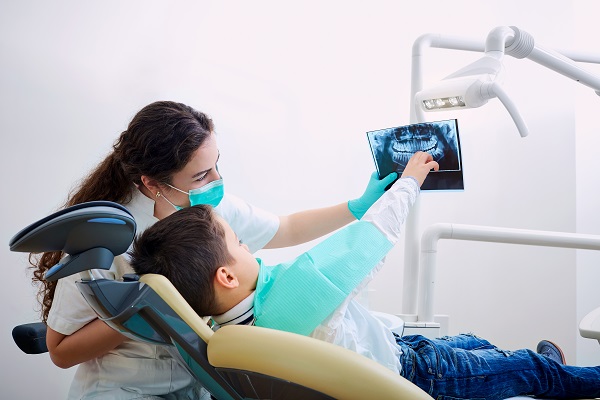[Orthodontics] What Is a Palatal Expander and How Does it Work?

A palatal expander is often used in orthodontics, and it is a great way to achieve better alignment between the bottom teeth and upper teeth. Many orthodontists recommend it for children before a teeth straightening procedure.
An overview of a palatal expander
It is helpful to know what exactly a palatal expander is and what to expect during the process before beginning treatment. The following is a complete overview of the purpose of a palatal expander and what to expect during treatment.
About a palatal expander
A palatal expander is a device commonly used in orthodontics to widen the upper jaw of a patient. It is a non-invasive form of treatment, typically provided to younger patients whose jaw is easy to expand. Maxillary expansion is most often used to adjust a bite complication, such as a crossbite. It may also be used to address tooth crowding and impacted teeth as well. The main purpose of palatal expander treatment is to achieve an even position of the upper and lower teeth while the mouth is closed.
How does a palatal expander work?
A common misconception is that palatal expanders are somehow painful or invasive in any manner, which could not be farther from the truth. The way it works is simple: the jaw is gradually moved to a wider position. The device attaches to several teeth on each side of the back of the mouth. Essentially, the palatal expander is two separate parts that conjoin in the middle. The device is continually adjusted until the upper jaw reaches an ideal position, and the palatal expander is left in for several weeks after to ensure the position stabilizes. The entire process takes between three to six months in most instances.
Benefits of a palatal expander
There are many cosmetic and oral health benefits associated with a palatal expander. To fully understand the benefits, it is important to understand the purpose and end result, which is to widen the upper jaw and achieve a better bite position overall. A wider upper jaw allows for more room for teeth to shift, which makes teeth straightening through braces and clear aligners more effective. It is often a solution for crossbite as well, which makes many look better, function more effective while eating and have improved oral health.
When is a palatal expander necessary?
There are many reasons why an orthodontist might recommend a palatal expander to their patient. These include to address crossbite and other bite complications, tooth crowding, crooked teeth and impacted teeth. Quite simply, if a child does not have enough room in their mouth for teeth to naturally come through or shift to a straight position, a palatal expander might be beneficial. When used in orthodontics, a palatal expander is most ideal for younger children, and an orthodontist may recommend it before teeth straightening.
Talk to an orthodontist about treatment
If you are interested in learning more about how a palatal expander work, reach out to your orthodontist’s office today. Your orthodontist can explain the entire process. Schedule a time to come in for a consultation.
Request an appointment here: https://www.drsallysong.com or call The Orthodontic Center Of Wayne - Dr. Sally Song at (973) 696-5220 for an appointment in our Wayne office.
Check out what others are saying about our dental services on Yelp: Orthodontics in Wayne, NJ.
Recent Posts
Even though braces are common among teenagers, getting them is a new orthodontic experience for every patient. Teens and their parents tend to have many questions about braces and other orthodontic treatments for teens, when to get braces, and what having braces will be like. Here are some of the most common questions orthodontists hear…
The primary goal of early orthodontic treatment is to prevent and fix bite misalignments. Several causes, including genetics, the premature loss of primary (baby) teeth, and harmful oral habits (like thumb sucking) may lead to such anomalies. Orthodontic abnormalities might be congenital or occur during early childhood. Straight teeth can reduce the incidence of dental…
Invisalign® has changed how willing teenagers –– and everyone else –– are to start teeth straightening treatments. It provides an alternative to traditional metal braces that is virtually impossible to detect. Invisalign® treatments work the same way conventional braces work, the aligner trays exert a force on the patient's teeth pushing their teeth into better…
Oral health is foundational to good overall health. Through the help of an orthodontist and bite correction, difficulties with chewing or speaking can be overcome. The inability to ingest food or clearly articulate impacts both physical and mental health. Bite correction has the potential to change the course of an individual’s health and wellness.Changes in…


